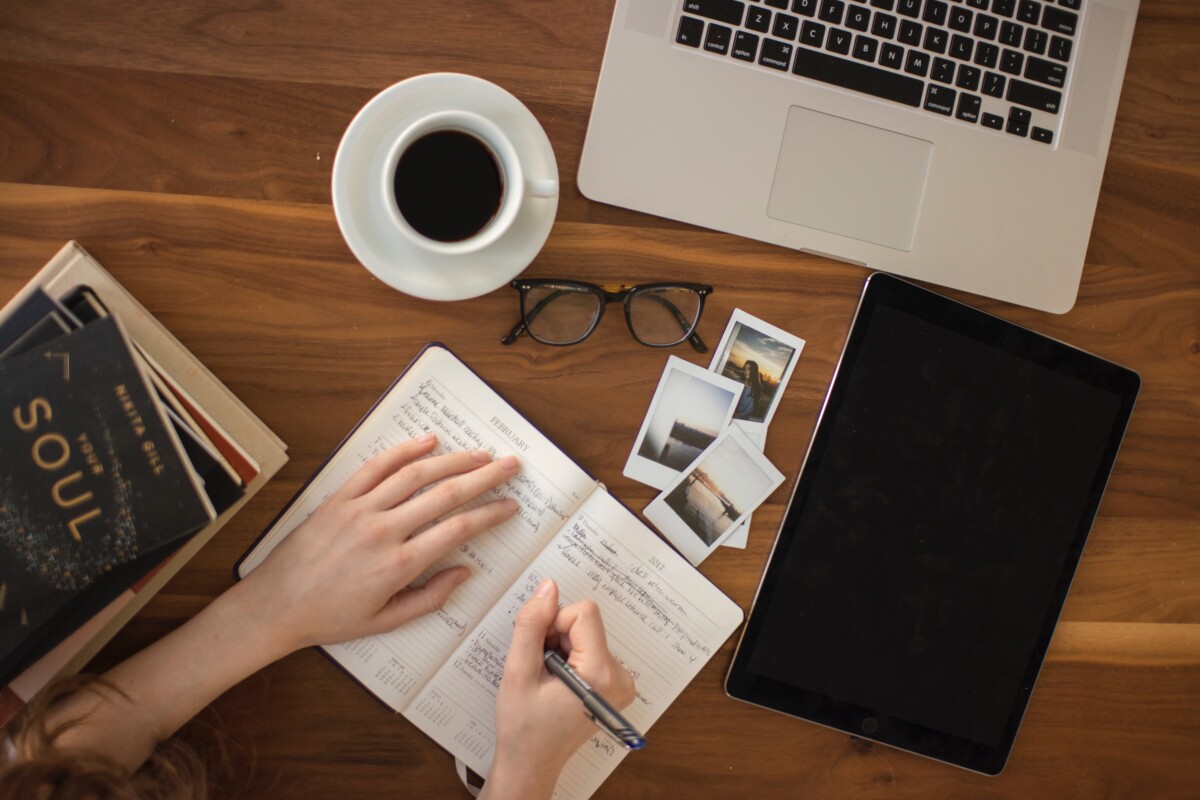In this second journal entry assignment, I find that these readings have had a profound impact on my perspective on my own design work, particularly in the realm of ethical integrity.
Changing Perspectives:
The AIGA Design and Business Ethics Handbook has been an eye-opener. It has underscored that graphic design is not merely a commodity; it’s a deeply collaborative and creative endeavor. The idea that good design is highly individualized, resulting from the collective efforts of diverse minds, has reshaped how I perceive my role as a designer.
In the past, I may have approached design with a focus on aesthetics and functionality, but these readings have helped me understand all of this a lot more. They’ve allowed me to consider design as a human act that influences various conditions. It’s no longer just about creating visually appealing content; it’s about ethical design, responsible sourcing, and acknowledging the creative endeavors of others.
Using Others’ Creative Work:
This brings me to the crucial question of whether, in the past, I have used another’s creative work and how I have given credit to those artists. As a designer, I’ve undoubtedly engaged with various forms of creative content, from illustrations and images to fonts and templates. It’s common in the design field to draw inspiration and resources from fellow artists, but the readings have made me more mindful of how I handle this aspect.
While I’ve always been committed to providing proper attribution and recognizing the intellectual property of others, these readings have heightened my awareness of the importance of ethical sourcing. It’s not merely about giving credit; it’s about ensuring that the usage of such materials is legal, respects copyright laws, and aligns with ethical design practices.
Incorporating these ethical principles into my design work has become a priority. I want to aim not only to acknowledge the creative work of others but also to ensure that I source materials legally and responsibly, contributing to a culture of respect and integrity in the design community.
These readings have shifted my perspective on design. I like to see my role as a designer not only in terms of aesthetics but also as an ethical designer of creative content. It’s a transformation that aligns with the values of our internship, where we strive to better serve our community through ethical design practices.
As I continue my journey as a designer, I’m committed to upholding these ethical standards, ensuring that my work not only stands out for its creativity but also for its integrity.
The Shepard Fairey copyright case
The Shepard Fairey copyright case, revolves around the iconic “Hope” poster created for Barack Obama’s 2008 presidential campaign and presents a complex web of arguments and outcomes that have started discussions on art, creativity, and intellectual property rights.
The case was settled out of court and brings to light that the art world and copyright are like a messy breakup. The Fairey case raises big questions about finding the sweet spot between letting artists do their thing and protecting the original creator’s rights.
My opinion on this is that it’s a wake-up call. It’s a reminder that the art and copyright relationship is tricky. We’ve got to respect original creators while also giving artists room to breathe and create. The Fairey case is like a reality check on the complex relationship between art and copyright, and it tells us there’s no one-size-fits-all answer.






